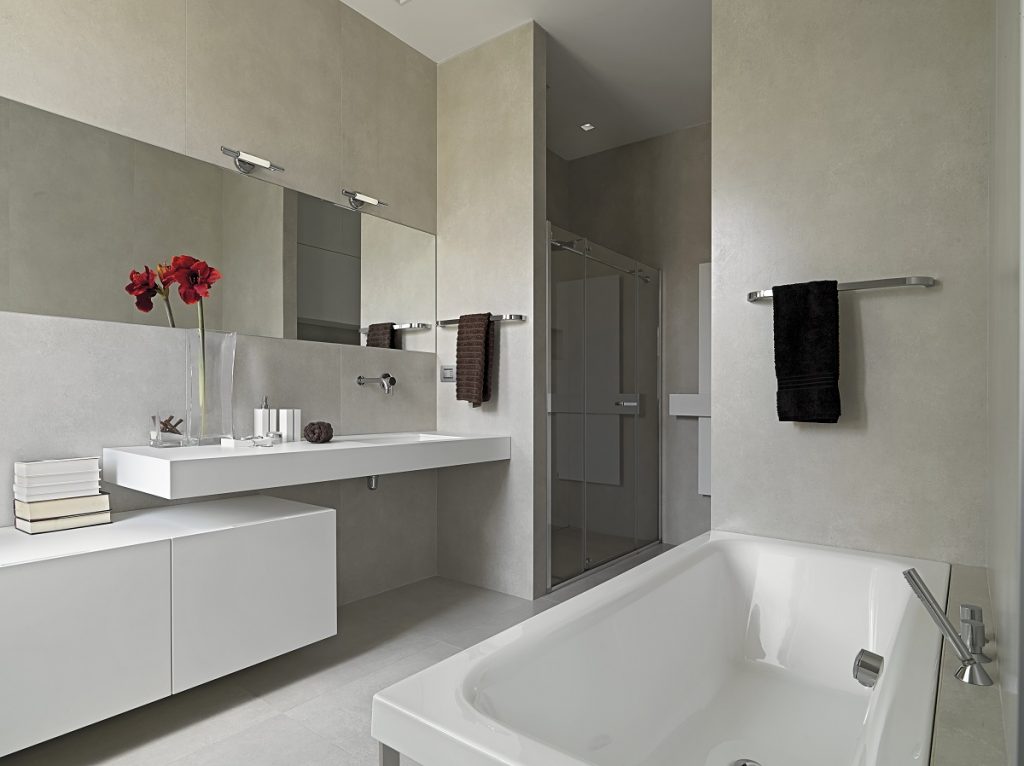The re-emergence of trends is not limited to fashion. Vintage styles and disciplines are present in music, art, and even architecture. An example of which is the reappearance of Brutalism as a popular design choice.
This iconic mid-20th-century architectural style has found a new home in the interior design industry. Its simplicity has made it an ideal choice for designers who wanted to create statement pieces. These days, expanses of raw concrete and eye-catching metal structures can be seen in both commercial and residential properties.
A Primer on Brutalism
Brutalism gained global recognition in the post-World War II years. Architects and builders used the style to highlight the strength of concrete and steel. Its utilitarian and functional aesthetic was a direct reflection of the world’s mindset at the time. This resulted in an era of fortress-like institutional building all over the world. However, its popularity was short-lived as society recovered and demanded less intimidating architecture.
For years, buildings in this style were abhorred by the public. They became the symbol of urban decay and served as bitter reminders of economic hardships. Additionally, the raw concrete used in their creation did not age well. Water damage and structural deterioration made these buildings the ideal canvas for vandals. As such, many have been torn down to preserve the area’s aesthetic appeal and to make way for Post-Modern architecture.
The Emergence of Brutalism as a Lifestyle Concept
Brutalism’s distinct aesthetic of raw, unrefined beauty has re-emerged like a phoenix, breathing new life to the interior design industry. Credit for its new lease of life goes to the growing distaste for prefabricated, machine-made uniformity.
Architects and builders the world over have been working with raw concrete to master the material. From sweeping spiral staircases to ceilings and walls, raw concrete is now a common sight indoors. The versatility and cost-effectiveness of the material have also contributed to its renewed demand in the industry. Now, Brutalism is no longer reserved solely for institutional buildings. From commercial spaces to residential developments, this modernist style’s presence is growing everywhere.
Bringing Exterior Elements Indoors

Aside from interior construction, concrete is heavily present in contemporary furniture. From lighting fixtures to tables and chairs, the material is slowly taking over. This unconventional use of the material stems from society’s desire to go back to basics. More people are looking for the texturised appeal of concrete and the attractiveness of obviously handmade furniture.
There are several ways Brutalism can be used for your home. To avoid common mistakes that result in an overwhelming amount of concrete in your living space, keep these design rules in mind.
- Focus on the basics.
Brutalism, at its core, is defined by clean and well-defined lines, the attractiveness of imperfection, and simplicity.
- Embrace textures.
Even with the application of concrete sealing products, concrete retains its textured and distressed visual aspect. Celebrate this by using Brutalist furniture as accent pieces.
- Let go of colour.
Heavily influenced by the raw qualities of concrete and metals, choose neutral colours to complement your Brutalist items. Select shades of slate and charcoal to accentuate the natural colours of the modernist style.
While there is still hesitancy in the incorporation of this strong design element in homes, the selection is wide enough to find a piece that is understated yet distinct. It is just a matter of finding the balance between the old and the new.

